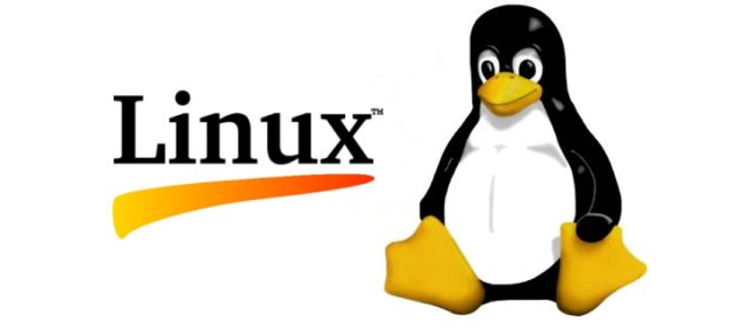Some clients, upon encountering Linux web hosting, tend to remark that they’re surprised to see a big company running Linux.
Being a Free/Open Source Software system, people get the idea that it’s all done by volunteers. Right away they picture some hippies in sandals and tie-dye shirts, flashing peace signs and saying how they’re going to “stick it to the man.”
This is a ludicrous idea, because in fact, Linux *IS* “the man!” Linux’s desktop market share is still in the low single digits as far as end users are concerned. The place where Linux has won is the enterprise (as well as content management systems). See if you recognize any of these corporations:
IBM
Has long been involved with Linux. They host the IBM Linux Technology Center, install Linux on many consumer and office machines that they sell, have partnered with Linux brand names such as Canonical (makers of Ubuntu), and routinely install Linux on their mainframe computer line. The current top of their line in mainframes, the IBM zSeries 800, sports a Tux sticker on every unit sold.
Google
Not only has the world’s most dominant search engine run on Linux servers since its foundation, but Google rolls Linux into many of its products. The most recent is their Android operating system for mobile devices, and their Chrome OS, soon to be released, which has Linux at its core.
Intel
The PC microchip maker is actually on the development team of Linux! that’s right, they contribute programmer hours to the Linux project. They have also worked with other open source projects such as the BSD project and the MIT X-Windows graphical toolkit.
Oracle
The giant database and middleware corporation not only contributes to Linux development and ensures that their software runs on Linux, but they actually release their own Linux distribution! It’s called Oracle Unbreakable Linux, designed to work with their enterprise stack.
Cisco
The world’s biggest networking and communications technology company runs Linux on much of its router hardware, and sponsors “Cisco’s Application eXtension Platform,” a contest in which new developers are introduced to Linux in the scope of hardware programming.
Pixar
What, the makers of 3D-animated films such as “Toy Story” and “Finding Nemo?” Yes, as a matter of fact, open source software and computer animation run hand in hand, since Linux as a server also makes an excellent choice for a powerful and speedy “render farm” (a bank of machines generating the individual frames of a 3D film). In fact, 95% of Hollywood visual effects studios now run Linux.
Now, if all of this isn’t enough Linux involvement, all of the above mentioned companies have something else in common: They are all members of the Linux Foundation, and you can see their logos on the member page at http://www.linuxfoundation.org/about/members.
Additional major Linux deployments include:
* Union Bank of California has standardized on Red Hat Enterprise Linux.
* Virgin America uses Linux embedded in its in-flight entertainment system.
* The Chicago Mercantile Exchange uses an all-Linux computing infrastructure.
* The United States Army is the single largest customer of Red Hat Enterprise Linux.
* The New York Stock Exchange runs its trading applications on Linux.
* Amazon.com, arguably the largest online retailer, runs an exclusively Linux-based shop.
So the next time you download an Ubuntu CD and run it on your system, and somebody suggests you have an anti-establishment mentality for that, just grin and think to yourself that you’re in good company with all of the other “hippies” running Linux.


